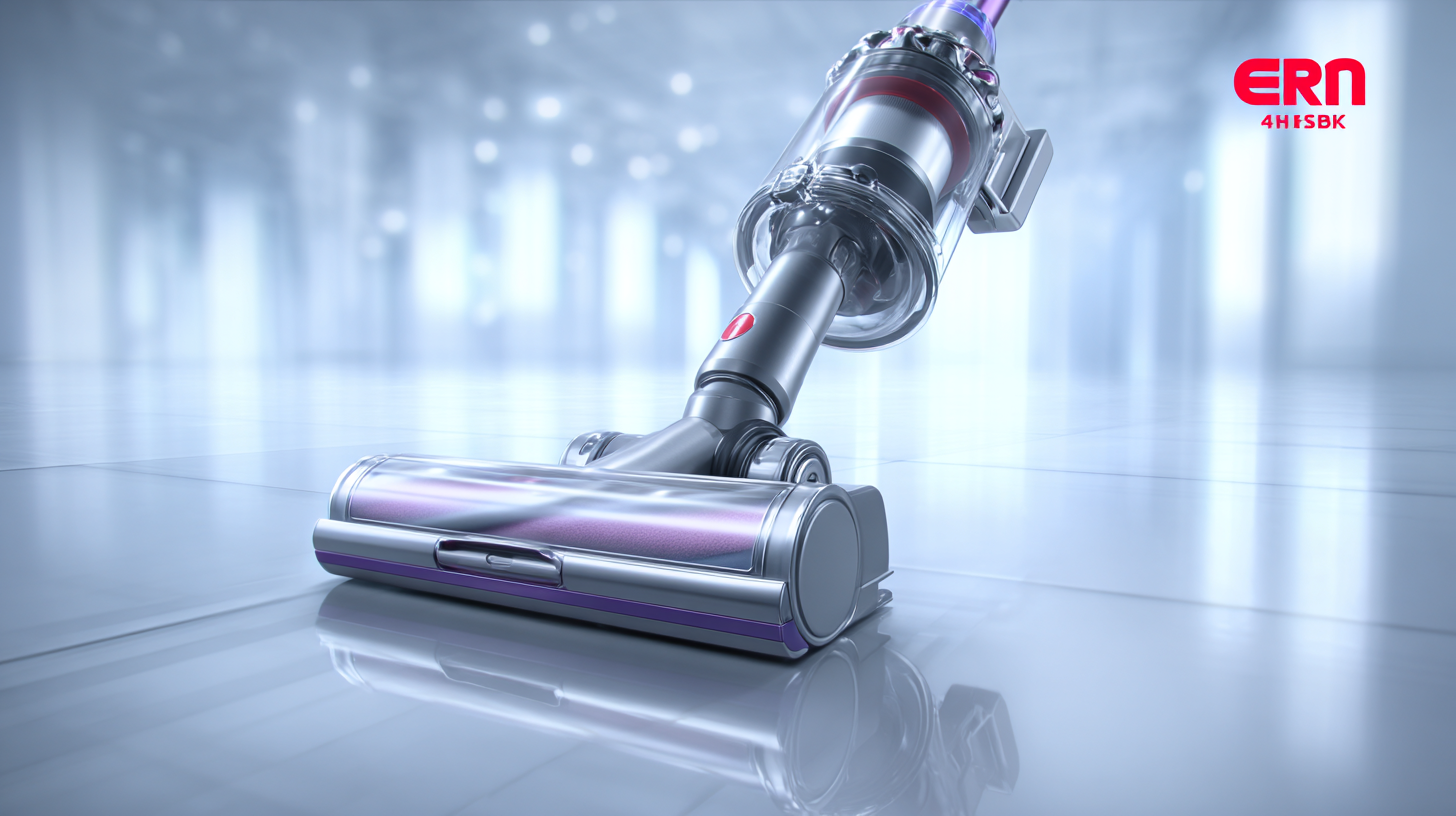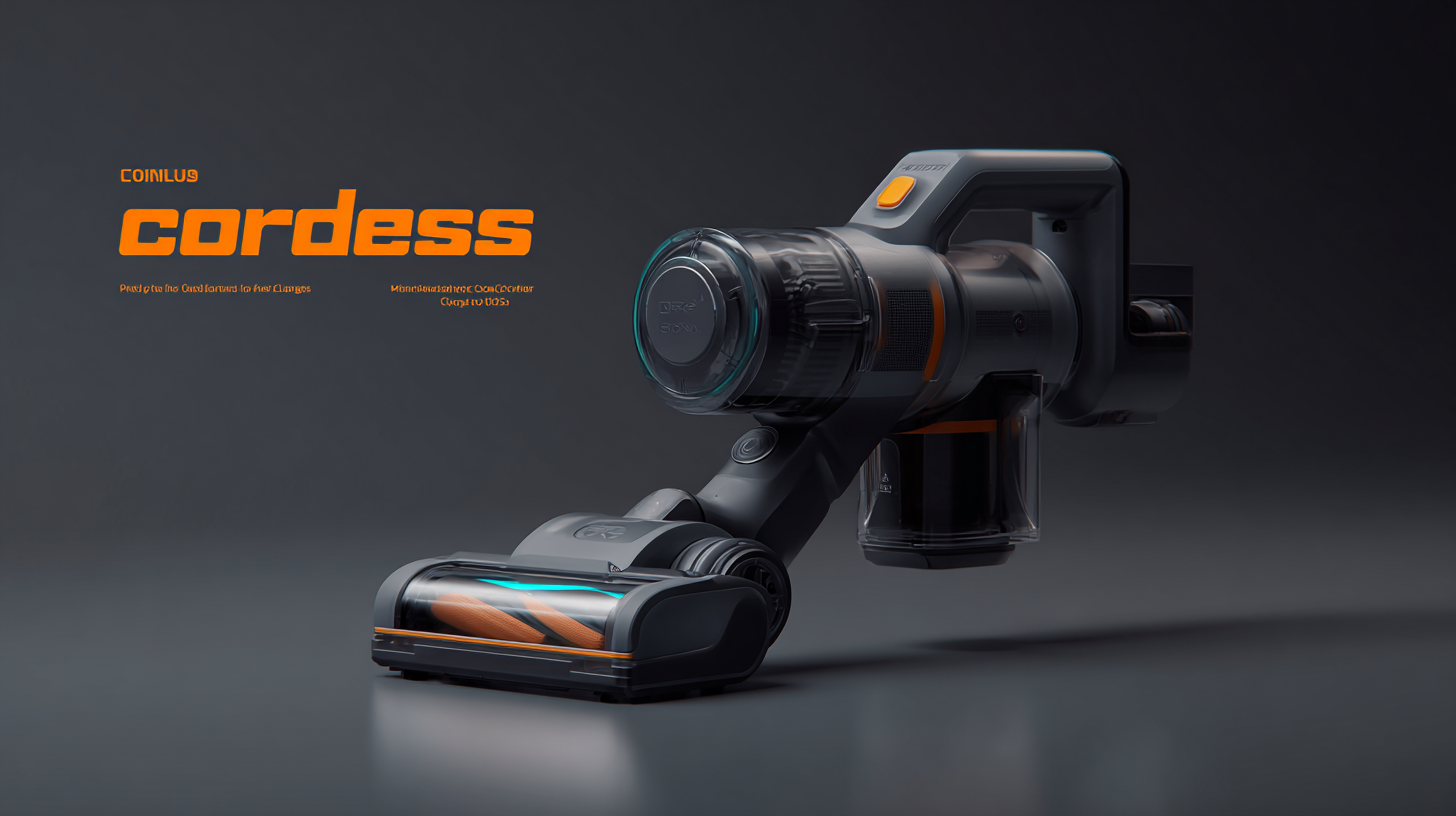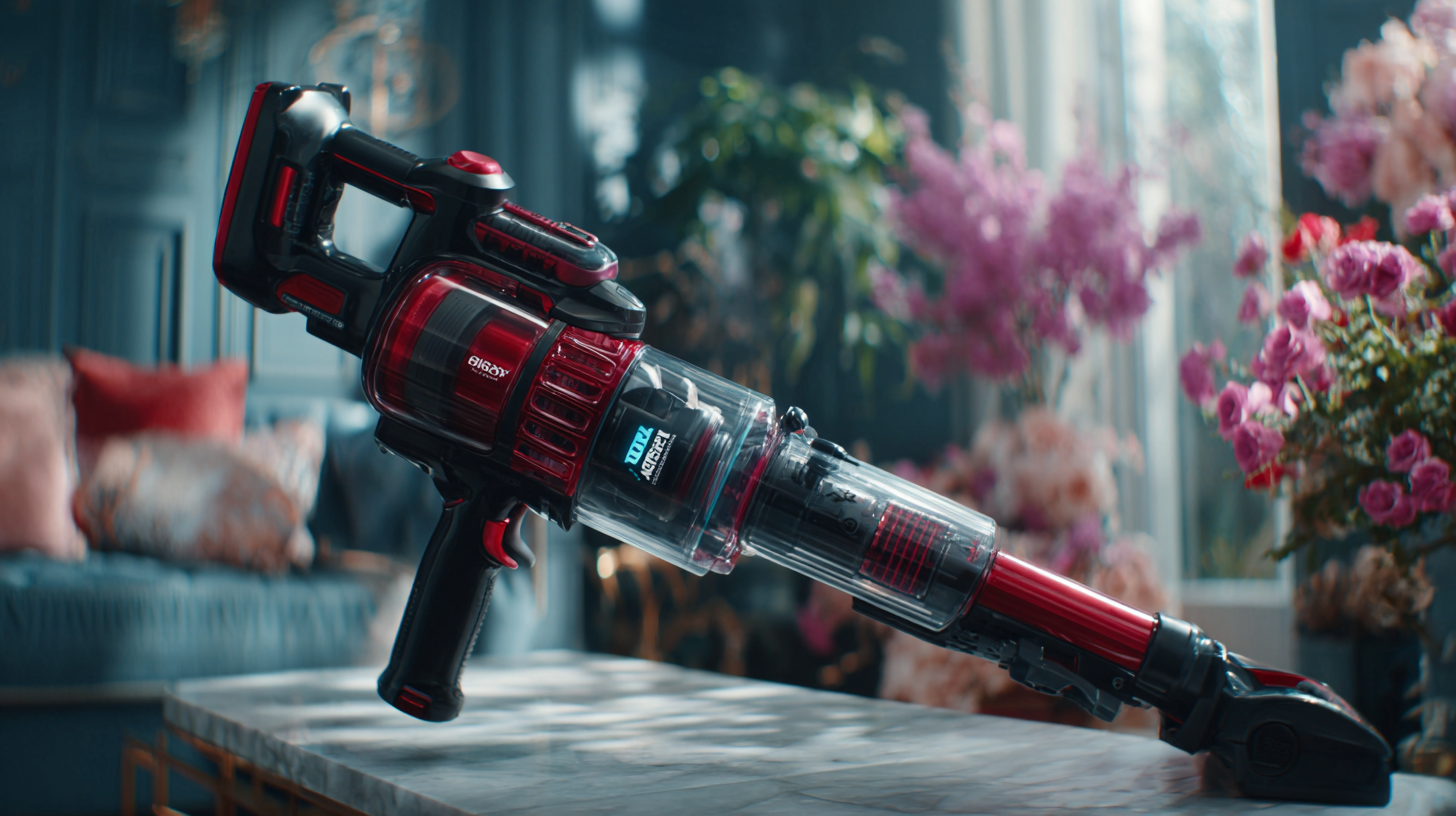The cordless vacuum cleaner market has seen an impressive surge in popularity, driven by the increasing demand for convenience and efficiency in household cleaning solutions. According to a recent industry report by IBISWorld, the cordless vacuum cleaner segment experienced a revenue growth rate of 12.6% over the past five years, reflecting consumers' preference for lightweight, portable cleaning devices.

However, achieving industry standards for performance and reliability presents significant challenges for manufacturers. Among these are the limitations of battery technology, which affects suction power and runtime, and the need to balance cost with enhanced features. As companies strive to deliver the best cordless vacuum cleaner, they must navigate these hurdles while meeting consumer expectations for both quality and affordability. This blog will explore the specific problems facing the industry and highlight how these challenges influence the availability of top-tier cordless vacuum cleaners in the market.
In the competitive landscape of cordless vacuum cleaner manufacturing, meeting quality control standards poses significant challenges. The rapid pace of technological advancement demands that manufacturers keep up with innovations while ensuring reliability and safety. Variability in raw materials, production processes, and design complexities can lead to inconsistencies, making it difficult to maintain high-quality output. Additionally, adhering to changing regulations and consumer expectations requires constant vigilance and adaptation.
To navigate these challenges effectively, manufacturers can implement robust quality assurance protocols. Regular training for staff on quality standards and practices is essential. This ensures that everyone involved in the production process understands their role in maintaining quality. Additionally, investing in advanced testing equipment can help detect defects early, reducing the risk of faulty products reaching the market.
Moreover, fostering a culture of continuous improvement can be beneficial. Encouraging feedback from employees at all levels can uncover potential inefficiencies in the production process. Collaborating closely with suppliers to ensure material quality can also significantly enhance the overall product reliability. By prioritizing these strategies, manufacturers can better align with industry standards, ultimately leading to improved customer satisfaction and brand loyalty.
The global market for cordless vacuum cleaners is becoming increasingly shaped by stringent regulations aimed at ensuring product safety, environmental sustainability, and consumer protection. In particular, the export of cordless vacuum cleaners from China faces significant challenges due to rising compliance standards imposed by various international markets. These regulations, which often differ from one country to another, demand manufacturers adjust their production processes, materials used, and even product designs to meet specific criteria. As a result, companies must invest heavily in research and development to ensure their products comply with these ever-evolving standards.

Moreover, the impact of these global regulations goes beyond just compliance costs; they also stimulate innovation within the industry.
Manufacturers are compelled to adopt greener technologies and enhance the energy efficiency of their cordless vacuum cleaners. This not only helps in meeting regulatory demands but also positions brands favorably among environmentally conscious consumers.
Ultimately, while these challenges may pose significant hurdles in the short term, they can lead to a more robust and innovative market for cordless vacuum cleaners in the long run, benefiting both producers and consumers alike.
The rapid evolution of technology has paved the way for innovation in the vacuum cleaner industry, particularly for Chinese manufacturers striving to meet international standards. By harnessing cutting-edge technologies, these companies are not only enhancing the performance of their cordless vacuums but also ensuring that they remain competitive in a global market. The integration of advanced features such as smart sensors, powerful battery management systems, and lightweight designs reflects an ongoing commitment to improving user experience and satisfaction.

Innovation plays a critical role in addressing the challenges faced by manufacturers in meeting industry standards. Research and development initiatives allow Chinese brands to keep pace with advancements in suction power and filtration systems. Furthermore, collaborations with tech firms facilitate the incorporation of IoT capabilities, enabling users to monitor and control their devices more efficiently. As a result, Chinese cordless vacuums are not only aligning with established benchmarks but also setting new trends that inspire confidence among consumers worldwide.
The manufacturing landscape in China is encountering significant pressure to meet rising consumer expectations, particularly in the cordless vacuum cleaner market. Recent reports indicate that consumer price growth has been underwhelming, missing forecasts due to weakened demand. This backdrop compels manufacturers to innovate and enhance product quality to survive in a competitive market. With a consumer price index increase of only 0.6% in August, manufacturers are required to carefully balance the rising production costs against consumers’ unwillingness to pay premium prices, thereby pushing for efficiency in manufacturing practices.
As manufacturers strive to align with consumer expectations, the emphasis is particularly on integrating advanced technology into their products. According to industry analysts, the incorporation of smart features and improved battery life has become not just a bonus, but a necessity. This is echoed by Premier Li Qiang's call for enhanced developmental standards in tech and trade within manufacturing provinces. Consequently, manufacturers in the cordless vacuum segment must adapt processes that prioritize quality and technical innovation to meet the heightened expectations while navigating an unpredictable economic landscape.
When examining the cordless vacuum cleaner market, a comparative analysis reveals striking differences between Chinese manufacturers and their global competitors. Chinese brands have rapidly evolved, leveraging advanced technology and competitive pricing to appeal to budget-conscious consumers. Innovations, such as lightweight designs and powerful suction capabilities, enable these vacuums to rival established brands. However, issues remain regarding the consistency of quality and performance across various models. While some Chinese brands excel, others may cut corners, leading to disparities in longevity and user satisfaction.
On the global stage, renowned brands often have an edge in reliability and customer support, honed through years of experience and consumer feedback. They tend to invest significantly in research and development, resulting in improved filtration systems and efficient battery life. This commitment to quality and performance ensures that these vacuums meet stringent industry standards. As consumer expectations rise, the challenge for Chinese manufacturers will be to match this level of quality while maintaining affordability, pushing them to innovate further and solidify their presence in an increasingly competitive market.
| Category | Chinese Cordless Vacuums | Global Competitors |
|---|---|---|
| Suction Power (AW) | 150 | 200 |
| Battery Life (min) | 40 | 60 |
| Dust Capacity (L) | 0.5 | 0.7 |
| Weight (kg) | 2.5 | 3.0 |
| Noise Level (dB) | 75 | 70 |
| Price (USD) | 150 | 300 |
| Warranty (Years) | 1 | 2 |